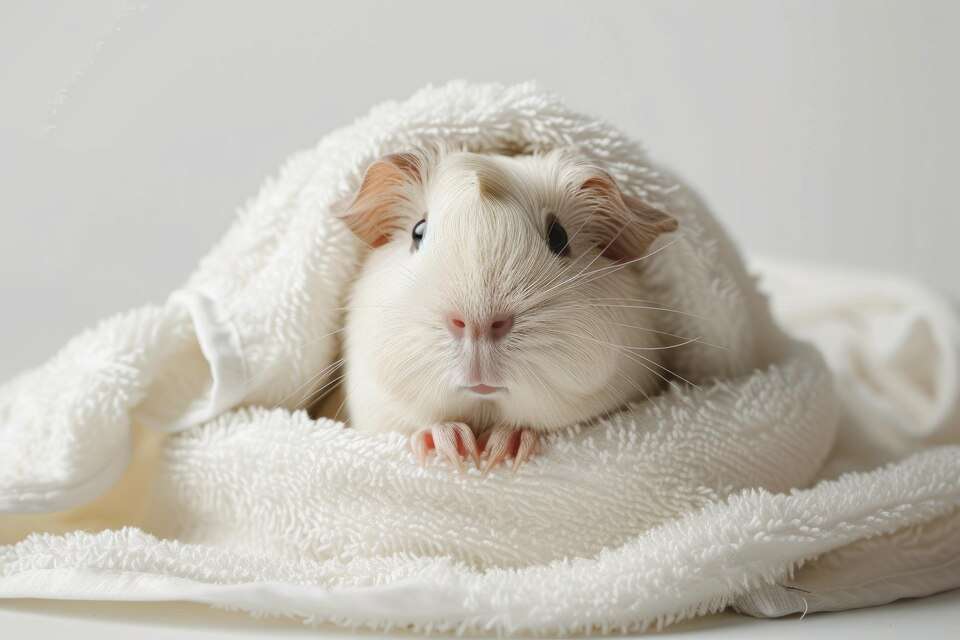
TOPICS COVERED
ToggleIntroduction
Winter White hamsters belong to the species Phodopus sungorus. They are an incredibly pretty, small species from Siberia. They represent quite a different kind of seasonal change: changing the color of their fur completely, so their fur is white during winter, giving them the look of being covered in snow, although it rarely happens in a cage.
They are about half the length of Syrian hamsters, measuring about 3 to 4 inches in length. These small guys bear distinctive characteristics with their dorsal stripe, hairy feet, and compact size. Winter Whites are, of course, friendly and laid-back.
Winter Whites differ from most nocturnal hamsters in that they are more active during the day. They are generally good at grooming themselves and consequently need only a small amount of extra brushing or combing.
10 Cute Facts about Winter White Hamsters
1. Fur Color Adaptation
Winter White hamsters can sometimes skip their seasonal fur color change if they’re raised in captivity. This happens because, without the need for camouflage in the wild, their bodies may not trigger the usual transformation. Although it’s not very common, this adaptation shows how their natural behaviors can alter in different environments, making them even more fascinating as pets.
2. Daytime Activity
Winter White hamsters are more active than many other dwarf hamsters during the day even though most of them are nocturnal unlike Campbell’s hamsters who typically sleep through the day, playfulness characterizes them during daylight. For people present for part or all of the day, they can be more entertaining.
3. A rarity in Pet Stores
The Winter White hamster is difficult to find as this is a relatively rare variety than Campbell’s dwarf hamsters. They may not be sold at pet stores so owners have to go to the breeder or travel further to get the hamster. This makes them more desirable and sought after as pets.
4. Unique Fur Transformation
Campbell’s hamsters sleep a lot during the day whereas Winter white hamsters are known to be more active in the daytime than at night. Though they could be hardly found around, people living with them might find such animals rather engaging during the day.
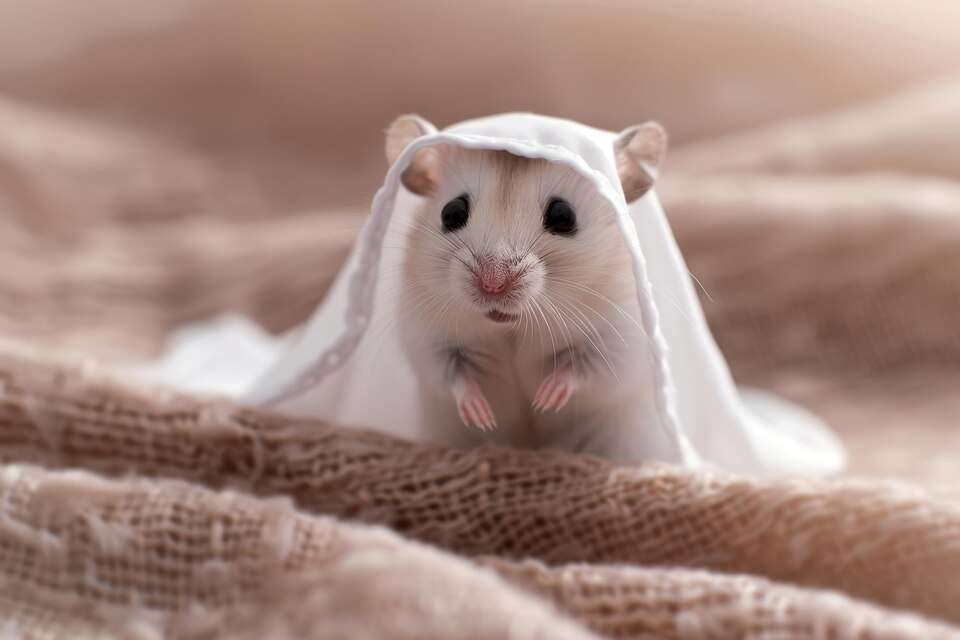
5. Friendly Nature
Winter White hamsters are generally more tolerant of human handling compared to Campbell’s hamsters. They are less likely to bite and are known for their gentle demeanor. This friendliness, however, can depend on the hamster’s early socialization and treatment from breeders, as those with negative experiences might be more wary.
6. Siberian Origin
Winter White hamsters are more tolerable of human handling than Campbell’s. They don’t bite and are so docile. This affability can vary though, based on whether socialization came early and from good breeders since the lousy experiences will be met by fear.
7. Tiny Size
Winter White hamsters are named appropriately because they grow to only about 3-4 inches in length. When compared to the average Syrian hamster, they are literally half its size. Because of their size, together with some hairy feet and a clear dorsal stripe along their back, these hamsters look very adorable and small.
8. Early Aggression and Vocality
Winter White hamsters can begin to show signs of aggression and vocality as young as two weeks old. Frequently, they engage in play fighting and make tiny squeaking sounds. Such noises are considered normal among these animals when they are at this age. The nature of their playfulness and early vocalization may end up being an enjoyable part of their character.
9. Lifespan
The average lifespan of a Winter White hamster is 1.5 to 2 years on average. They are short-lived but they offer significant friendship and pleasure during their existence. Their short but very colorful existence makes each moment spent with them significant and valued.
10. Easy Groomers
Winter White hamsters are intelligent animals that groom themselves diligently, meaning that they rarely require bathing. The grooming habits represent an instinctive way of keeping their fur clean, requiring little effort from the owners. Such a hamster has the easiest grooming needs, which is why a pet owner may find one in them a true friend.
Importance of Winter White hamsters
Winter White hamsters have an important part to play in both the wild and as house pets. In their habitats, they help maintain the balance of their environment through seed dispersal and serving as food for bigger animals contributing to ecosystems.
These adorable and friendly pet friends are perfect friends for young children and inexperienced pet owners. They can also help learn about how to care for different pets and be responsible.
They are also quite flexible, need little maintenance, and have a short lifespan, thus very good as a practical choice for a person with limited time for a committed pet. Overall, Winter White hamsters are enrichers in nature and their lives.
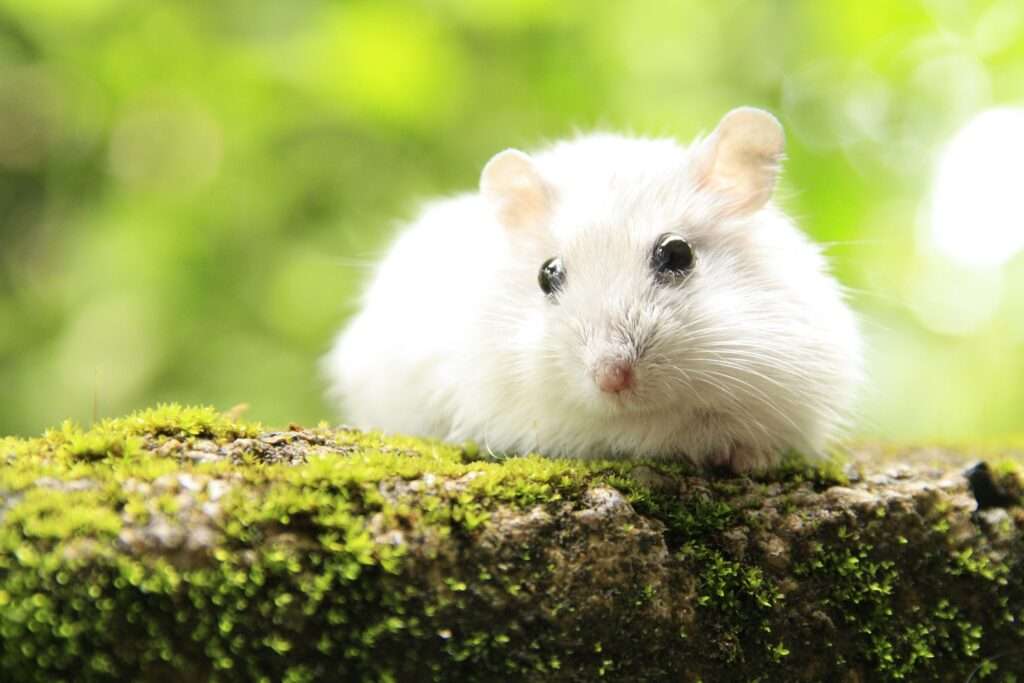
Winter White Hamster Diet
1. Water
Winter White hamsters always need to have clean fresh water available. To avoid spilling and dirtying the water, provide a water bottle with a sipper tube. Be sure to check your pets’ drinking supply each day so that they stay hydrated and healthy always.
2. Seed Mix
A good quality seed mix is what makes up a Winter White hamster diet at all times. Generally, such mixes contain birds’ seeds, mainly sunflower seeds, millet, oats, and maize, among others depending on the supplier. Always make sure that the seeds are hamster-tailored to provide for their dietary needs.
3. Fresh Vegetables
A pet hamster’s diet should include fresh vegetables such as carrots, spinach, broccoli, or cucumber to provide the necessary minerals and vitamins. Fruit or vegetables should be washed comprehensively because giving large amounts may lead to stomach upsets. Citrus or other acidic fruits should not be fed to such animals; these can disturb the digestive system.
4. Protein
For hamster growth as well as muscle building, proteins are needed. A good source of protein would be meals that are high in protein such as fried eggs, boiled eggs, mealworms, or small quantities of cooked meat products. Some hamster feeds are also made up of dried insects which also provide extra protein.
5. Hay
Although hamsters do not require hay daily, it may be helpful as a source of fiber and chewing material. Timothy hay has proven useful for hamsters by helping them digest and is useful as a safe gnawing material to prevent overgrown teeth.
6. Treats
Treats should be dispensed very modestly, and can be a small amount of fruits such as apples or berries without seeds, and commercial hamster treats. Variety and enrichment come from variety, but treats must not make up more than 10% of their diet to avoid obesity and other potential health problems.
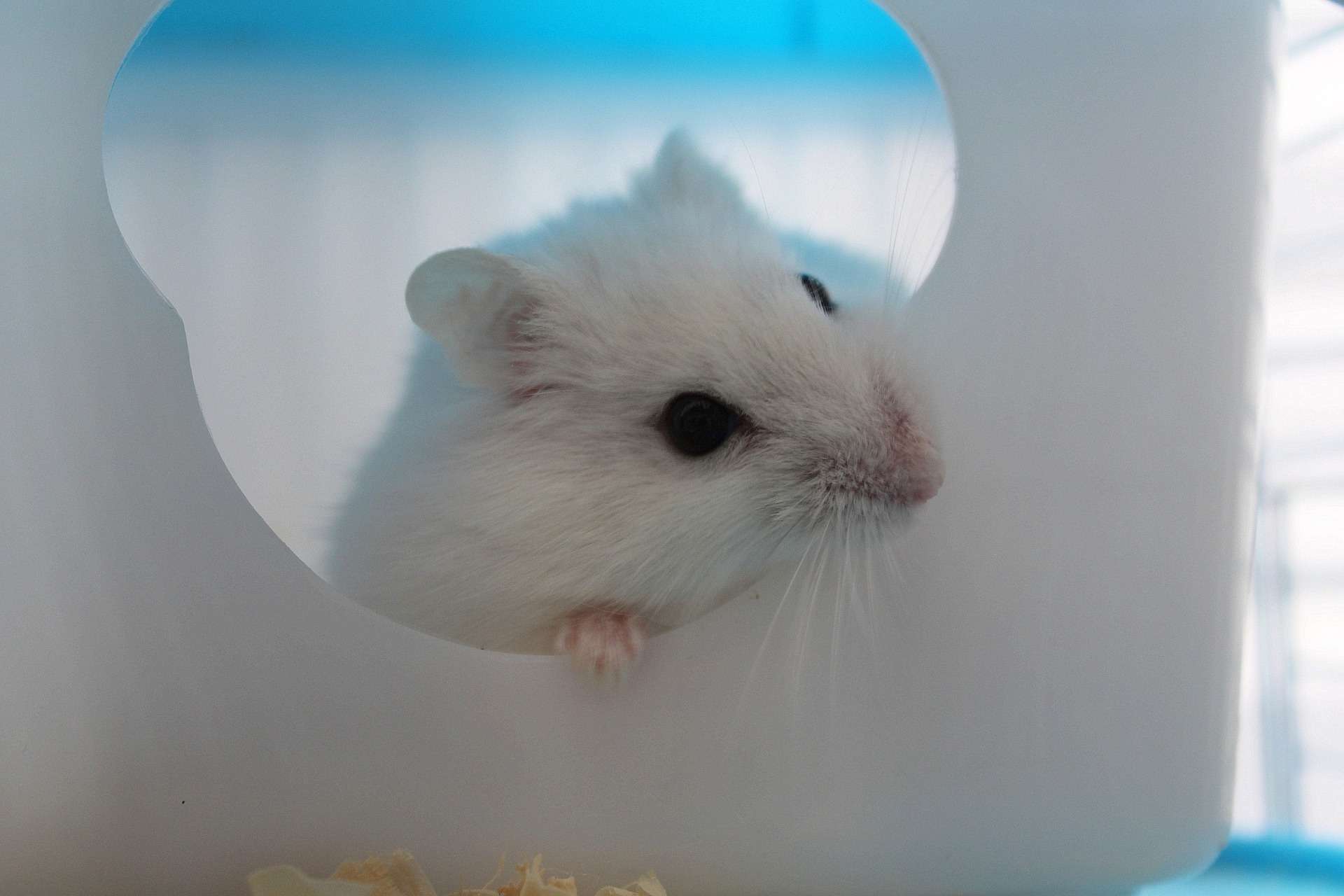
Care and Maintenance of Winter White Hamsters
1. Cage Setup
A large cage must be provided with solid floors to avoid wire mesh that will hurt their tiny little feet. Bedding should be soft and absorbent such as paper or aspen shavings, containing a wheel for exercise, tunnels, and hiding places for secrets. Keep a weekly clean of the cage.
2. Diet
Winter White hamsters love high-quality hamster pellets or mixes. Besides, feeding them with fresh vegetables, fruits, and sometimes small portions of proteins such as boiled eggs, or mealworms are also quite okay. To keep Winter White hamsters healthy, always ensure fresh water is available in a snipper.
3. Handling
Hamsters are typically friendly animals though one should handle them carefully. Kindly begin by permitting them to familiarize themselves with your scent while avoiding or lifting them immediately afterward.
Using some cupped hands hold them firmly because no matter how slow you think are, they can easily get into safety once free on the ground. The hamster should not be awakened abruptly since it may become furious resulting in attacks such as wound bites.
4. Exercise and Enrichment
Provide lots of toys, tunnels, and climbing areas to keep them mentally and physically stimulated. They are very active animals so a solid surface wheel is necessary for the regular exercise of the pet. The constant rotation of toys and new items being added to the cage keeps the birds engaged and bored.
5. Temperature and Lighting
Keep the temperature around 65 to 75 degrees Fahrenheit, about 18-24 degrees Centigrade. Direct sunlight and drafty areas should be avoided because extreme temperatures will make hamsters uncomfortable. A consistent light-dark cycle that mimics natural conditions will help them regulate their activities.
6. Dental Care
Hamsters’ teeth are in continuous growth, hence these pets need chew toys or wood sticks to grind down their teeth naturally. They can maintain good dental health by giving them tough treats such as nuts or safe pieces of wood. It is important that you periodically have a look at their oral cavity to ensure they are not having problems with eating resulting from overgrown tissues.
7. Health Monitoring
Check your hamster regularly for signs of illness, for example, lethargy, loss of weight, or condition of the fur. Respiratory infections, wet tails, and dental issues are common health problems. If you suspect a problem, see an avian-experienced veterinarian. Regular health checks are also important for early identification of problems.
8. Bedding and Cage Cleaning
Change bedding every week and dispose of soiled sections daily. One can clean the cage with mild pet-friendly cleaner. Steer clear of harsh chemicals as they may harm your hamster. Spot cleaning and hygiene maintenance minimize odor and keep the environment fresh and healthy for your hamster.
9. Social Interaction
Winter White hamsters may live in pairs but be vigilant for possible aggression. Give them plenty of room, materials, and hiding places if you decide to keep them together. This is equally important because you are trying to bond with your pet by handling it regularly every day.
10. Lifespan and Aging
Winter White hamsters have an average lifespan of 1.5 to 2 years. Furthermore, it may become more reticent with the increase in age necessitating more rest. Make their environment more accessible, lower the water bottle and food dish, and make sure there is soft bedding to suit their aging bodies
FAQs
Do Winter White hamsters need a wheel?
A Wheel is very important to the Winter White hamster to keep fit in terms of exercise and general health. It requires a solid running surface so as not to harm their little feet. Burning off excess energy is important for a right-sized wheel as it promotes physical activity and avoids boredom within a confined space.
Are Winter White hamsters nocturnal?
Winter white hamsters may be mostly active at night, which indicates that they are probably nocturnal. However, sometimes they can also show some activity in the daytime especially if they are used to human companions. For the well-being of these hamsters, give them a quiet and peaceful time for resting during the day.
Are Winter White hamsters good pets?
Winter White hamsters are said to be great pets because they have a friendly and calm nature. They are easier to care for and less likely to bite than other hamsters and as such, they suit families and children. If it is well taken care of and handled gently, it can form a lasting bond with its owner.
Can Winter White hamsters live together?
Hamsters that are white during winter are more approachable than other types though it is risky to blend them. They can stay safely when put together earlier with adequate room for accommodation. However, territorialism sometimes leads to aggression among them; hence a close watch must be kept on them.
Conclusion
Winter White hamsters are great, adorable pets, with unique characteristics, such as changing color when fur is wet, social behavior, and a friendly and jolly temper. They may be small, but they are lively and frolicsome, so you will have plenty of entertainment.
Their ability to survive in cold environments, unique vocal sounds, and quick reproduction make them even more interesting. They are cute little animals that could bring joy and companionship to any house, despite their relatively short lifespan, if given proper care.

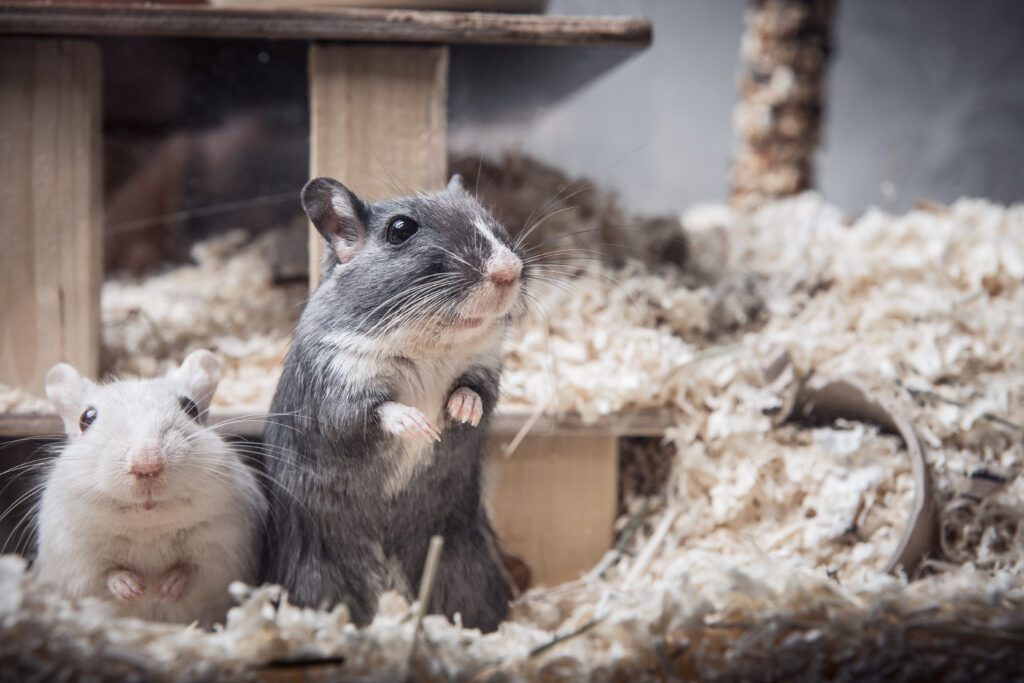
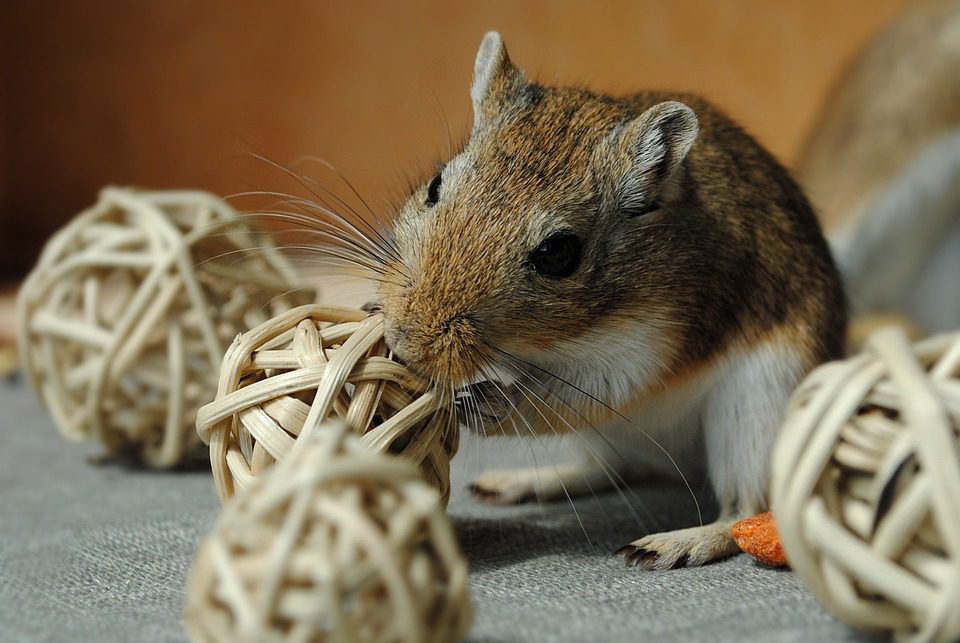
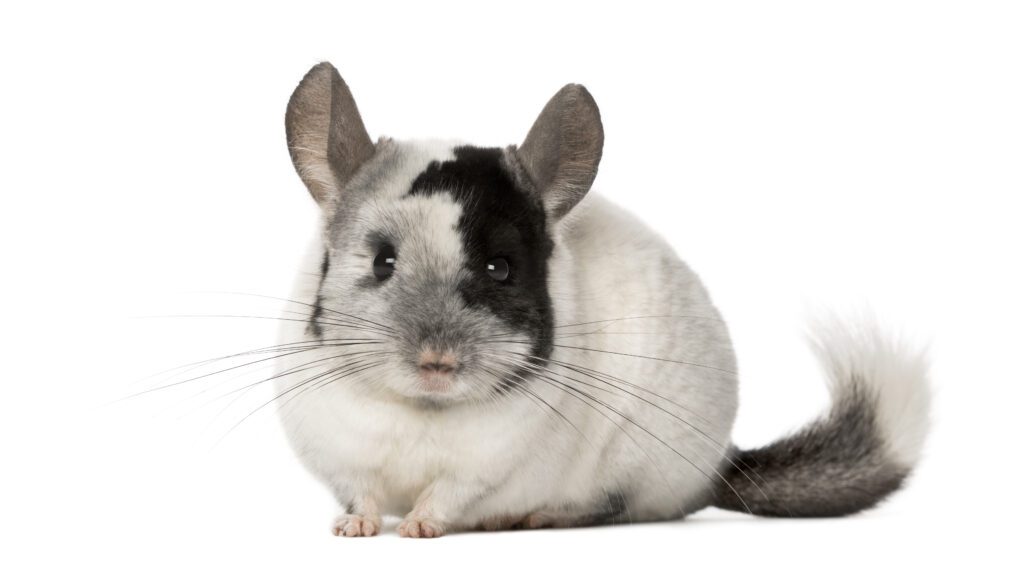
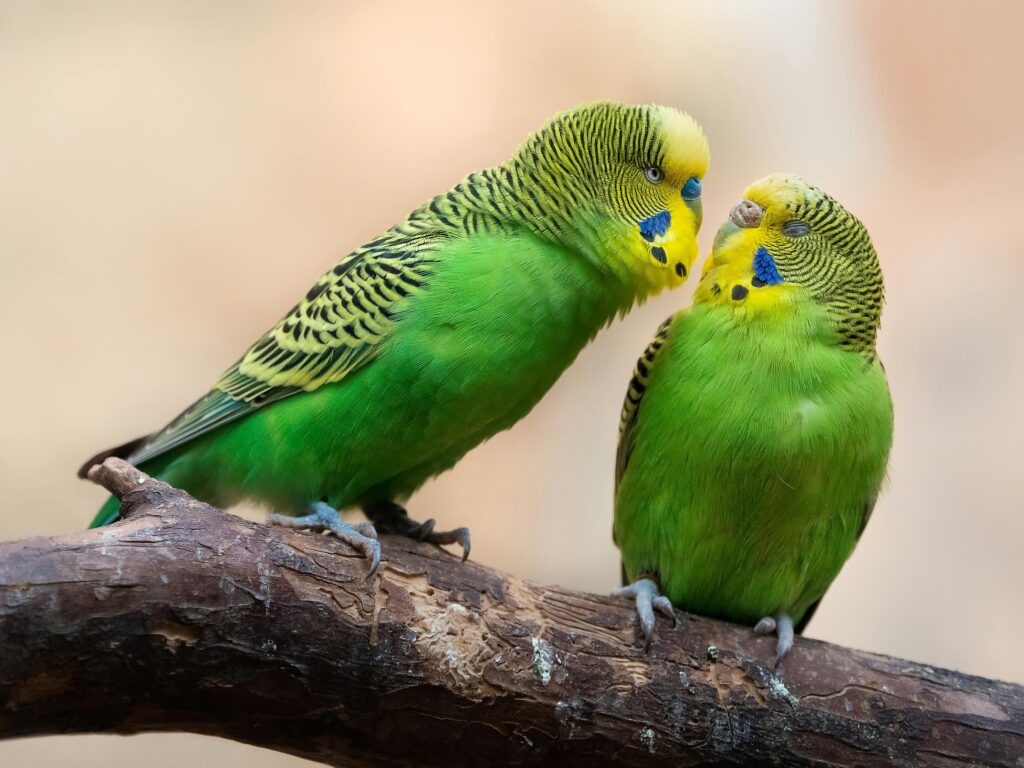
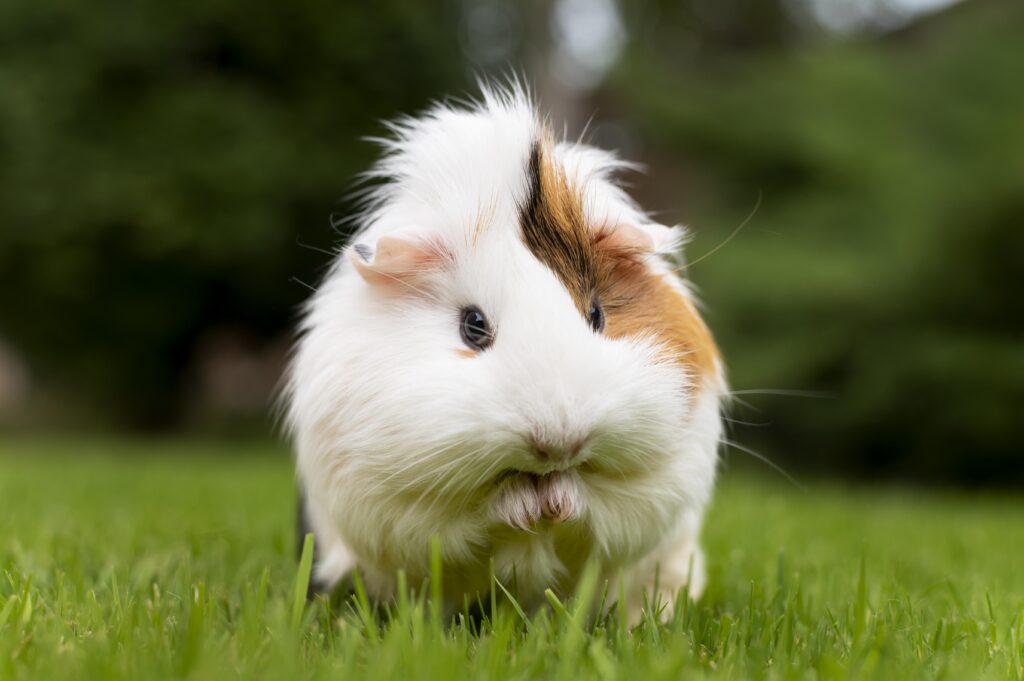

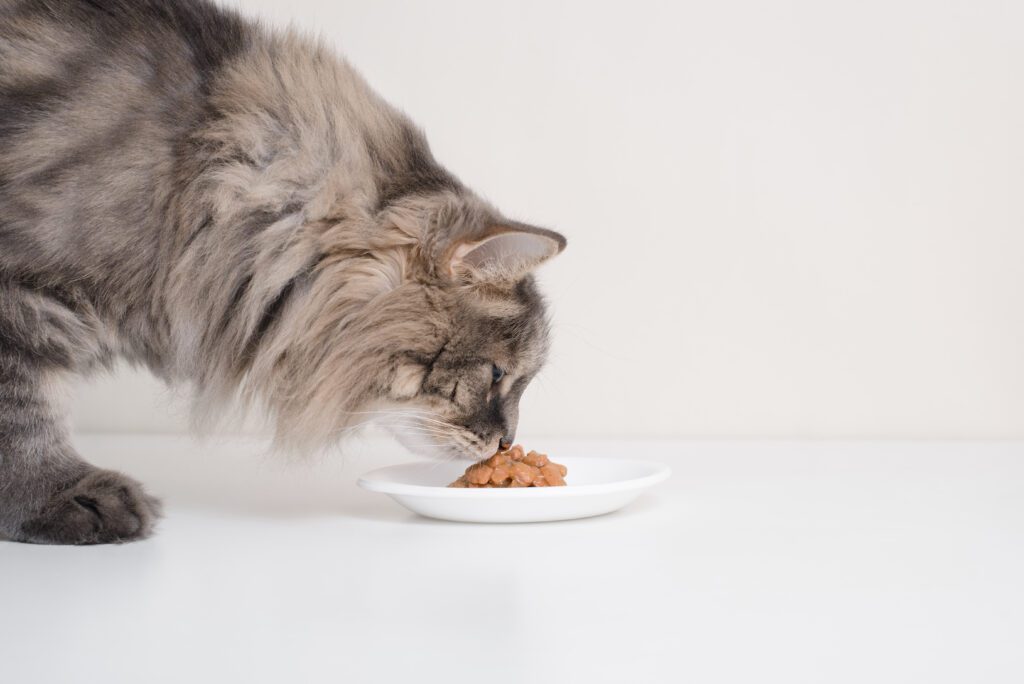
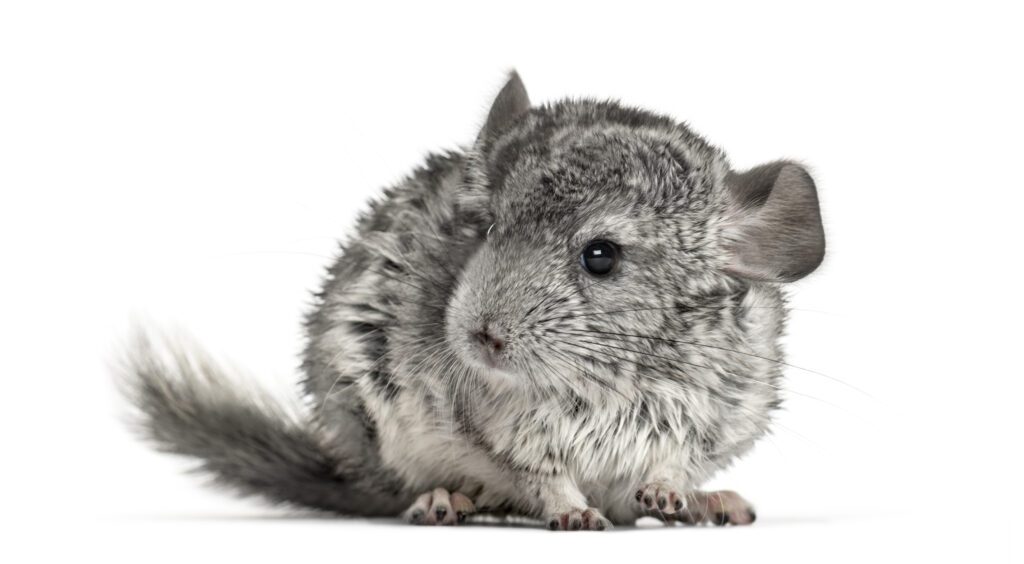
5 Responses
There’s certainly a lot to know about this issue.
I really like all of the points you’ve made. https://www.waste-ndc.pro/community/profile/tressa79906983/
Thank you so much!
Hi! I’ve been reading your weblog for a long time now and finally got the bravery to go ahead and give you a shout out from Porter
Tx! Just wanted to tell you keep up the excellent work! https://einweg-endoskope.blogspot.com/2025/02/urologische-einweg-endoskope-wiscope.html
This design is incredible! You obviously know how to keep a reader amused.
Between your wit and your videos, I was almost moved to
start my own blog (well, almost…HaHa!) Excellent job.
I really enjoyed what you had to say, and more
than that, how you presented it. Too cool! https://www.wcjb.com/2025/02/19/aarp-issues-warning-over-crypto-atm-scams/
Thanks